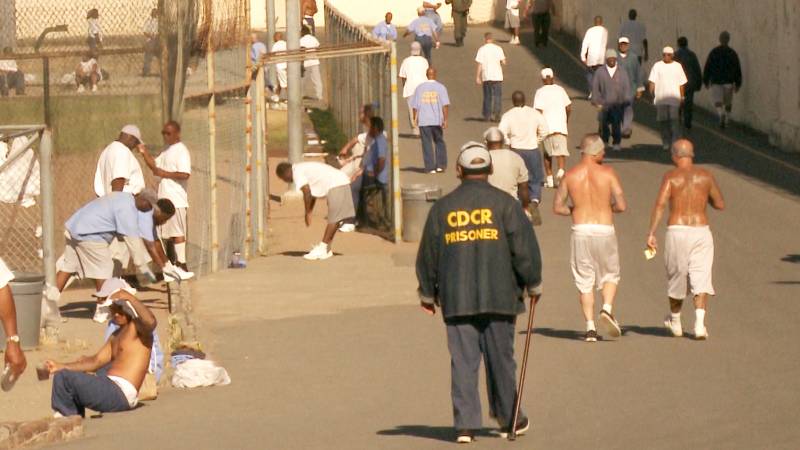An effort to test all prison staff at San Quentin State Prison for COVID-19 is underway this week after 16 inmates who recently transferred there have tested positive for the virus.
For months, the state’s oldest prison battled back the coronavirus in its inmate population — even as some members of its staff tested positive. Now, after a controversial inmate transfer from another prison, some officials are worried that an outbreak could spread rapidly.
In late May, the California Department of Corrections and Rehabilitation (CDCR) transferred about 120 “potentially higher risk” men from the California Institution for Men (CIM) in Chino to San Quentin.
CIM was the location of the first serious outbreak in the state prison system, and 13 people incarcerated there have died from complications related to the virus as of Thursday.
Brian Asey, who is serving a life sentence at San Quentin, said he and fellow inmates had already been worried about the coronavirus and the inability to physically distance within the prison. The transfer of new people added a layer of concern.

